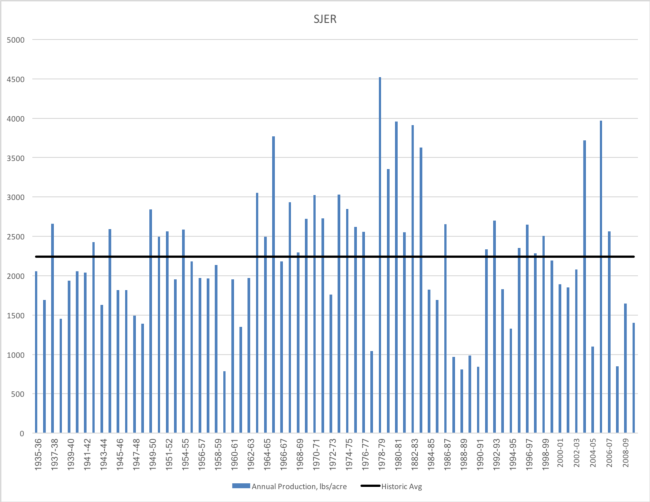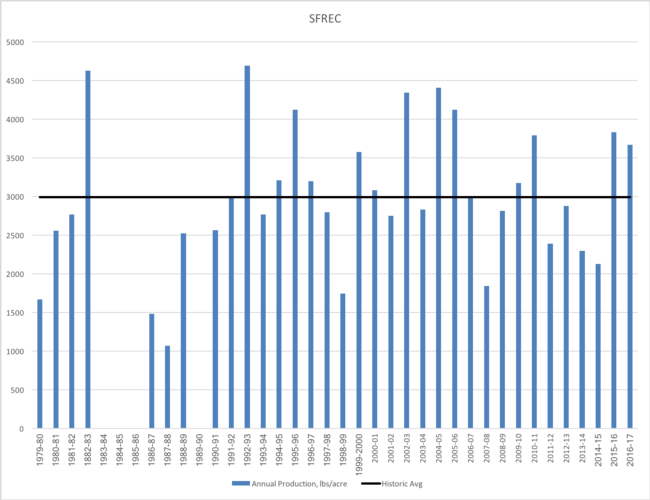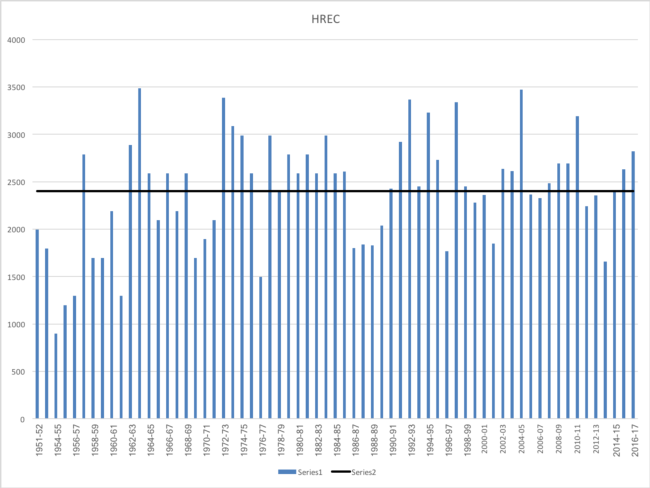Forage Plants
Forage Production Graphs



Publications
UCCE Advisors and Specialists write many papers summarizing research projects, monitoring procedures, and general management practices. All papers are peer-reviewed, meaning before they can be published, another set of people within the University review to ensure the papers are scientifically valid and not someone’s opinion. Here you will find free publications (available as a PDF) from the University of California, as well as links to larger publications you may purchase, each with a summary. In addition, each of the publications are available at your local UC Cooperative Extension office for your convenience.
Management Options to Reduce Pollutants in Runoff from Irrigated Pastures (DVD)
Irrigated pastures are a critical source of forage for California’s grazing livestock agricultural producers. Learn about the types of irrigated pasture in California and how irrigation and livestock management practices can improve the water quality in runoff and nearby streams and rivers. This program shares how these pastures are managed to produce forage and the practices farmers and ranchers can use to comply with water quality regulations. http://anrcatalog.ucanr.edu/Details.aspx?itemNo=6590D
Field Guide
52 of the most common plant taxa are organized into four categories: 1) rangeland pasture grasses; 2) rangeland broadleaved herbs; 3) irrigated pasture grasses; and 4) irrigated pasture broadleaved herbs. Photo aids for identification of the major pasture species and a summary of current information about their characteristics and management is included. Click here for full text.
Seeded Range Plants for California
For ranchers, range managers, and land reclamation contractors. Descriptions of a variety of grasses and legumes used for reseeding rangelands and reclaiming disturbed land in California. Click here for full text.
Using Stage of Maturity to Predict the Quality
Livestock on California's foothill rangelands get much of their nutrition from rangeland forage plants. By observing the maturation rate of forage plants, you can predict their nutritional content at maturity and anticipate the need to provide supplemental feed. Click here for full text.
Annual Range Forage Quality
Livestock on California's foothill rangelands get much of their nutrition from rangeland forage plants. Year-to-year variations in environmental conditions determine the nutrient content of this forage. Click here for full text.
Annual Range Forage Production
Livestock on California's foothill rangelands get much of their nutrition from rangeland forage plants. An understanding of how climatic factors influence forage productivity can help growers predict the need to provide supplemental feed. Click here for full text.
Establishment and Management in the Intermountain Region
Covers important considerations for site selection, seed mixes that are appropriate for different climates and land-use plans, seeding rates, seedbed preparation methods, planting times, seeding methods, weed control, and grazing management. Click here for full text.
Drought Tip: Managing Irrigated Pasture during Drought
Irrigated perennial pastures are important in drought when annual rangeland productivity is compromised. Learn how to manage your pasture during drought by selecting the right kind of grass and by using management practices that can enhance survival. Click here for full text.

